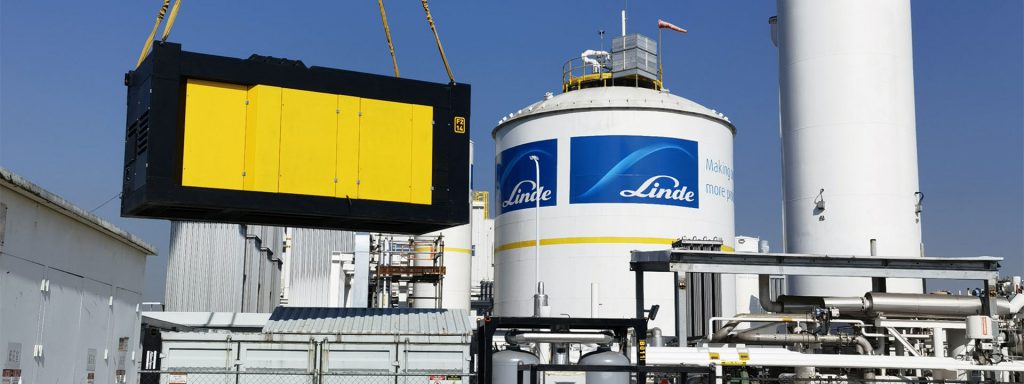Screw compressors are compact and highly efficient gas compression devices. Based on rotor structure, they can be divided into single screw compressors and twin screw compressors. The concept was first proposed by German engineer H. Krigar in 1878, but it wasn’t until 1934 that Professor A. Lysholm of the Royal Institute of Technology in Sweden built the first practical twin-screw compressor, launching the technology into industrial applications.
Historical Timeline of Screw Compressor Development
- 1934: Professor Lysholm develops the first twin screw compressor.
- 1960s: Oil-injected screw compressors become widely used in refrigeration. Swedish SRM develops asymmetric rotor profiles to improve efficiency.
- 1960: Zimmern of France develops a new single screw structure and builds a prototype by 1962.
- 1970s: GRASSO (Netherlands) builds the first single screw refrigeration compressor.
- 1972: Japan begins production of single screw air compressors.
- 1982: Production of single screw refrigeration compressors begins in Japan.
Working Principle of Screw Compressors
Screw compressors consist of two meshing helical rotors (male and female), rotating in opposite directions. As they rotate, the volume of the air trapped between them decreases, compressing it.
The 3-Step Working Cycle:
- Intake: Rotor grooves align with the intake port, filling with air.
- Compression: The grooves are sealed off, oil is injected, and compression begins.
- Discharge: The compressed air-oil mixture is released through the outlet.
The rotors are supported by anti-friction bearings and are typically driven by an electric motor. Rotor length and diameter determine the machine’s capacity and pressure rating.
Advantages of Screw Compressors
- High reliability: Fewer parts, less wear, long service life (40,000–80,000 hours).
- Low maintenance: Easy to operate and maintain.
- Balanced operation: Low vibration, ideal for mobile applications.
- Consistent performance: Flow rate remains stable across pressure ranges.
- Multi-phase tolerance: Handles moist or dusty gas and tolerates liquid presence.
Disadvantages of Screw Compressors
- High cost: Requires high-precision machining and special tools.
- Limited pressure range: Generally not suitable for applications over 3MPa.
- Less effective at very small capacities: Best used when flow > 0.2m³/min.
Conclusion
Thanks to their efficiency and adaptability, screw compressors are widely used in modern industry, from general manufacturing to process-critical environments. With continued innovations in oil-injected and oil-free technologies, they remain a cornerstone of industrial gas supply systems.
For customized screw compressor rental solutions, contact FOOEN Specialty Rental — your trusted partner in high-performance compressed air systems.

